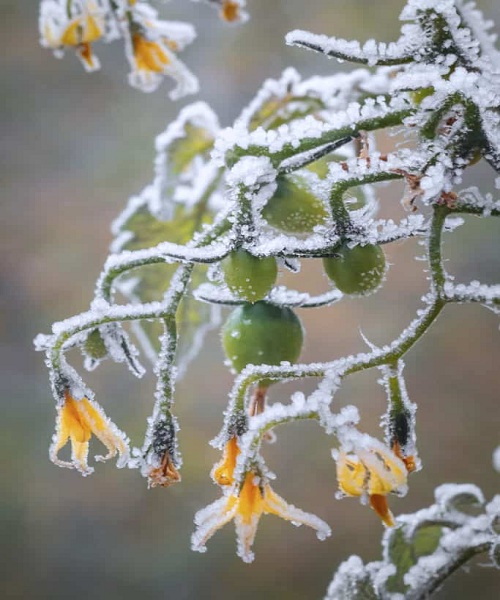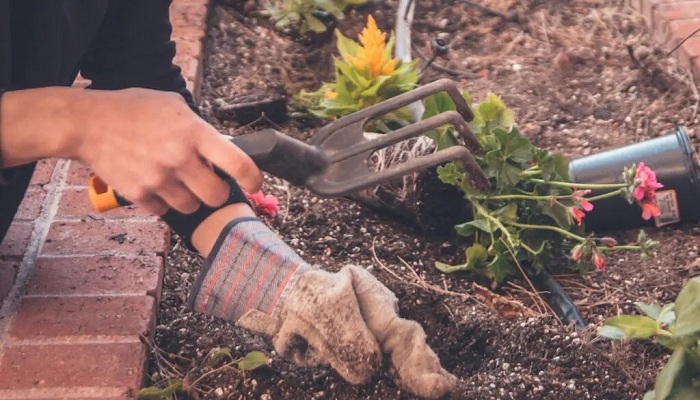Unless you live somewhere really cold, you can always find something to do in your garden, such as planting, weeding, dealing with pests, storing seeds, drying herbs, enriching the soil, or harvesting an abundance of vegetables.
These September garden tasks may not all be necessary for you, it all depends on where you grow your garden. So only follow what is best for you and your beautiful green place.
Follow these 10 tasks in the order they are given.
Keep on harvesting
End-of-season harvests can be just as wonderful as picking the first ripe tomatoes from the vine. You might find a few big zucchini and even bigger pumpkins hiding under leaves that are starting to spot and curl as nights get gradually cooler.
The following veggies may still be ready for harvest this September depending on what you planted and how well it did, as well as your location.
- beans
- broccoli
- cabbage
- cucumbers
- zucchini
- summer squash
- winter squash
- melons
- eggplants
- tomatoes
- lettuce
- spinach
- potatoes (dig before first frost!)
- sweet potatoes
- onions
- peppers
- Chard Swiss
- rutabagas
- turnips
- parsley
- mustard seed & more
Extending beyond the confines of the vegetable garden, September is prime time for gathering the fruits of the tree, such as apples, pears, and plums.
If you’ve had a productive growing season, September in the garden will still be full of pleasant surprises. Yet, the season is soon winding down, so savor the final harvests before the first frosts!
Also, have plans in place to either store them for later use or collect seeds for next year’s planting of vegetables.

Preserving the Harvest
Harvests can be preserved in a variety of methods, from air-drying herbs to canning, freezing, and dehydrating the surplus.
If you are just getting started with food storage, don’t worry if your efforts at first seem small. Simply put, don’t overwhelm yourself with new information.
For example, if you’re new to canning garden produce, stick to tried-and-true recipes.
It’s important to plan ahead for storage if you’ve grown winter squash and other pumpkins that will shortly be harvested.
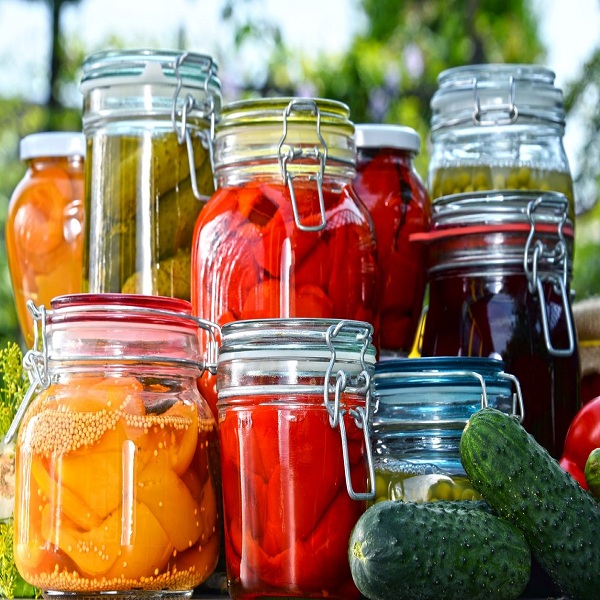
Saving seeds
When the weather cools down, it’s the perfect time to store away seeds for next spring.
Do not neglect this September gardening task if you value independence and self-sufficiency.
Mustard seeds and rocket seeds can be gathered at the moment, but by the end of September, the largest of zucchinis will be ready to be preserved. you can also store pumpkin and radish seeds for future use.
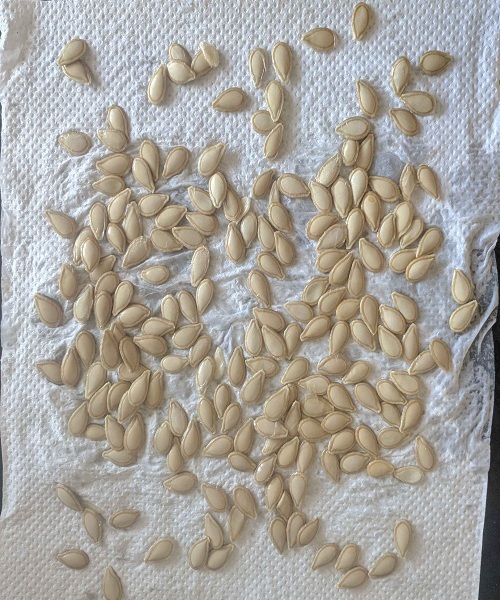
Planting fall vegetables
Actually, it’s not for eating this year; rather, it’s for getting an early start on next spring’s harvest. Which is great since getting a jump on spring gardening by planting seeds in September means you won’t have to do as much in the way of prep work at planting time.
Planting onions and shallots now may be a bad idea if it is still warm and seems more like summer than fall where you live.
However, you need to clear some area in your yard soon so that you may plant garlic bulbs in the fall. Before you even think of planting anything, though, you should clean out your garden beds.
This time of year is especially welcome in many southern gardens because of the cooler temperatures and less intense sunlight. Cool-weather crops like spinach, lettuce, and other fast-growing greens should be planted now in a “October garden.”
Leafy greens, such as arugula, collard greens, radishes, spinach, and lettuce, can be sown all the way up to the northern states and even the Midwest. What’s important to know is when the first frost of the season typically occurs in your location.
There are still lots of vegetables you can grow in September, no matter where you live.
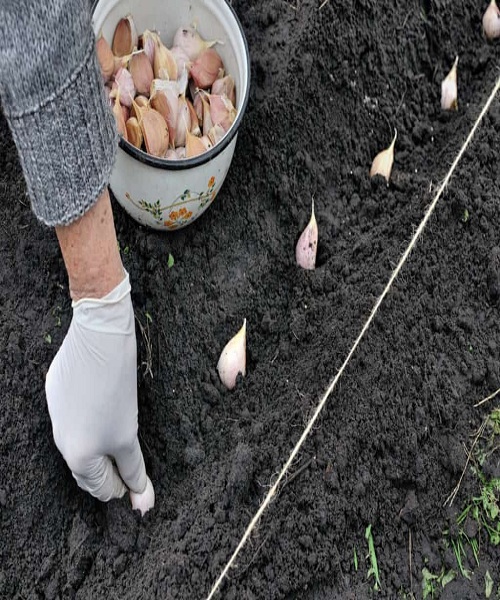
Start planting edible perennials
In addition to annuals, now is a good time to plan for planting edible perennials. These will make it so that your harvest is more consistent all through the year and for many years to come.
There are numerous advantages to growing perennials in your garden, such as their reduced upkeep requirements and increased nutrient density compared to fast-growing annuals, as well as their ability to increase crop yields and improve soil quality.
Slopes can be planted with perennials that assist slow the runoff of rainwater and snowmelt.
The following is a brief selection of perennials that can be planted not just in September but also later in the fall:
- asparagus
- daylilies
- Jerusalem artichokes
- rhubarb
- walking onions
- salad burnet
- saffron crocus
- stinging nettle
- berry canes & bushes
- fruit & nut trees

Make leaf mold
If you have huge trees in your yard or garden, and their leaves start to fall on the walks. Wait before you throw them out or burn them, you might want to create a batch of leaf mold.
When autumn arrives and the leaves begin to fall, don’t waste this free source of nutrients; mulch them into the soil to make a rich compost.
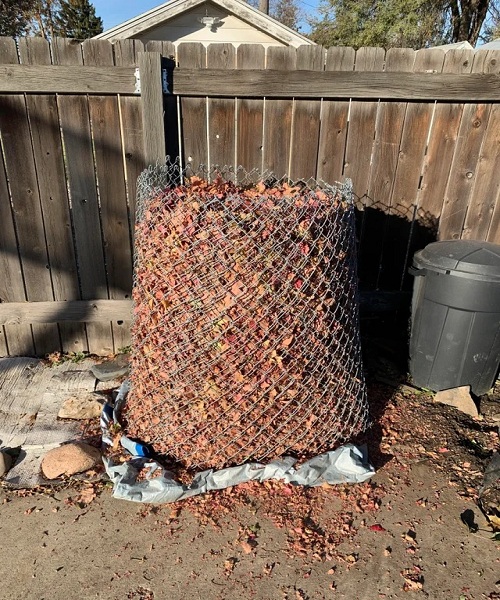
Tidy up your garden
The first order of business is to begin removing the overgrown, unattractive weeds. Make sure the seeds don’t have a chance to grow again next season by disposing of them in an appropriate manner.
This is a great opportunity to check in on your garden, too. If they are sick, prune them back and get rid of them, preferably by burning if the conditions are right. However, you should not put them in your compost pile.
This first month of fall is also a good time to prune plants that have finished flowering for the season. We’re now deadheading roses, but other perennials in the garden can benefit from a trim as well.
- bearded irises
- bee balm
- catmint
- daylilies
- lavender (best pruned in late summer)
- wild blueberries
- peony
- salvia
- yarrow
Sharpen your trusty pair of secateurs, and get ready to bend and stretch!
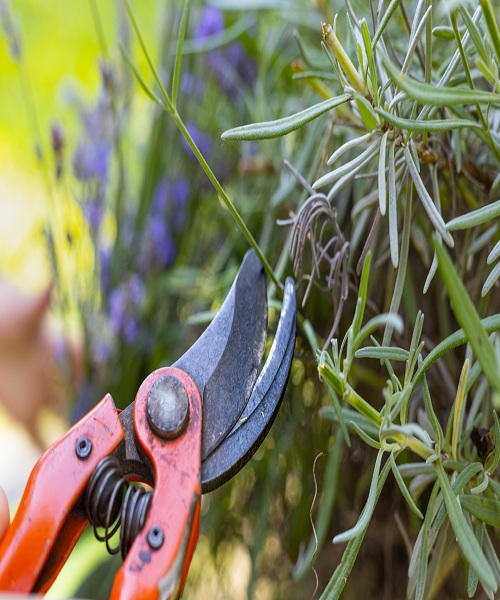
Plant a cover crop
Cover crops have been used for a long time to replenish soil nutrients. They help maintain soil structure, encourage beneficial insects, and attract some late-blooming pollinators, all of which contribute to increased soil fertility.
Cover crops can be planted in the spring and let to flourish during the summer, or they can be planted in the fall, which is the preferred time by most gardeners. This will ensure that the soil is protected through the winter and at other times of the year when you aren’t growing vegetables.
After you’ve finished harvesting your garden’s crops for the season in the fall, you can then plant the following cover crops with good results:
- fava beans
- oats
- clovers
- hairy vetch
- annual ryegrass
- winter rye
Seek advice from the employees at your neighborhood seed shop in order to choose the best cover crop for your garden. Make sure you time everything just properly, bearing in mind when the first frost is predicted to occur.

Divide perennials
Herbaceous perennials like foxgloves, delphiniums, and others benefit from having their clumps divided when they reach a certain size. Remove the older center of the clump and divide the rest of the clump into as many portions as possible, making sure that each section has a healthy amount of roots and young shoots. This will result in additional plants for your garden or to share with others.
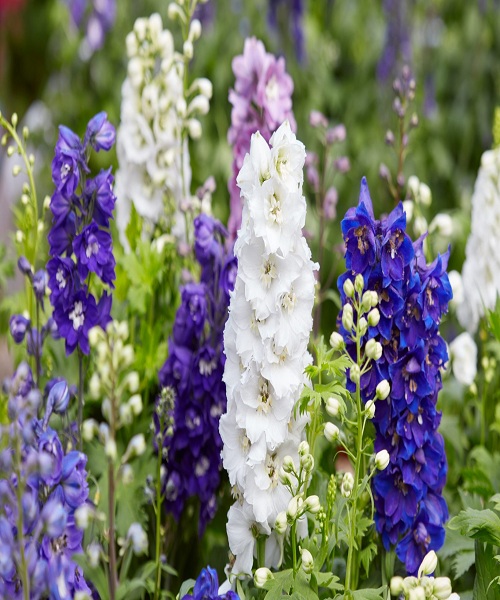
Look out for the first frost
As has been stressed multiple times in this article, keep an eye out for the first frost of the season; it will likely arrive when you least expect it. If it happens overnight, it will coat your kale and cabbages in frosty glitter and may ruin your produce for the season.
If you want your plants to survive the chilly nights and return with the warm, sunny days, you should stock up on row covers, blankets, bed sheets, mulch, straw/hay, and cloches.
